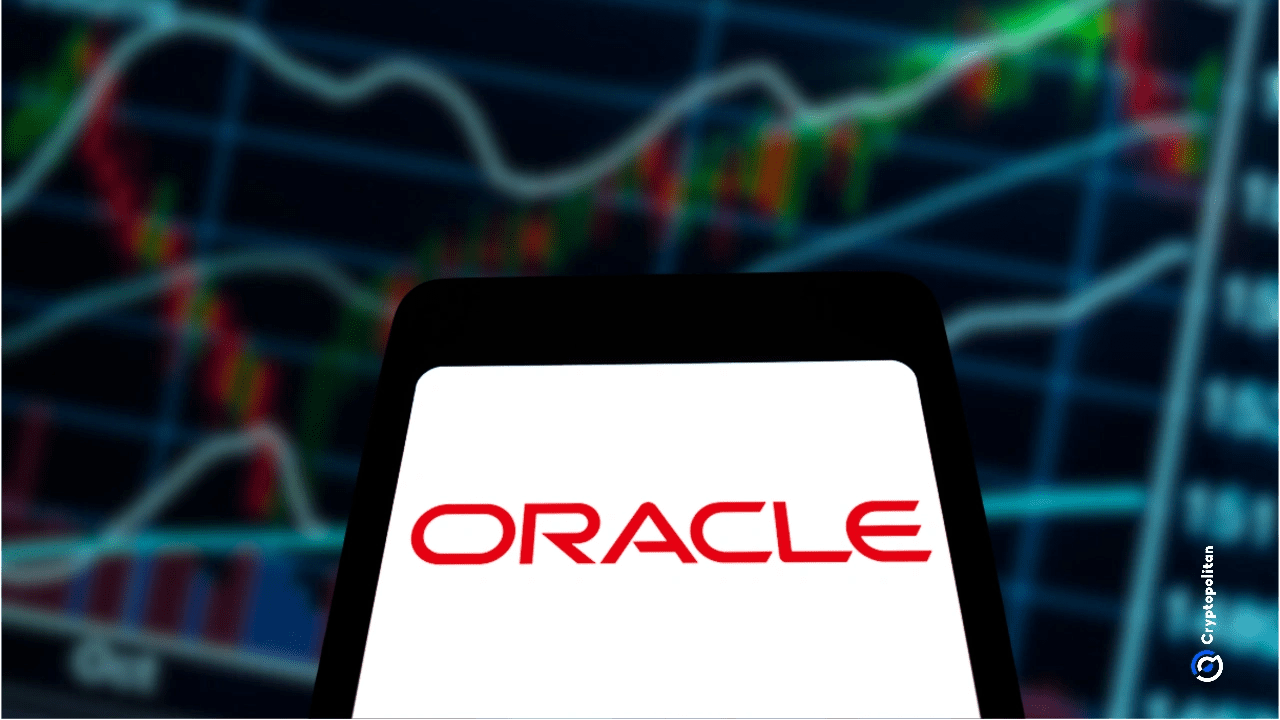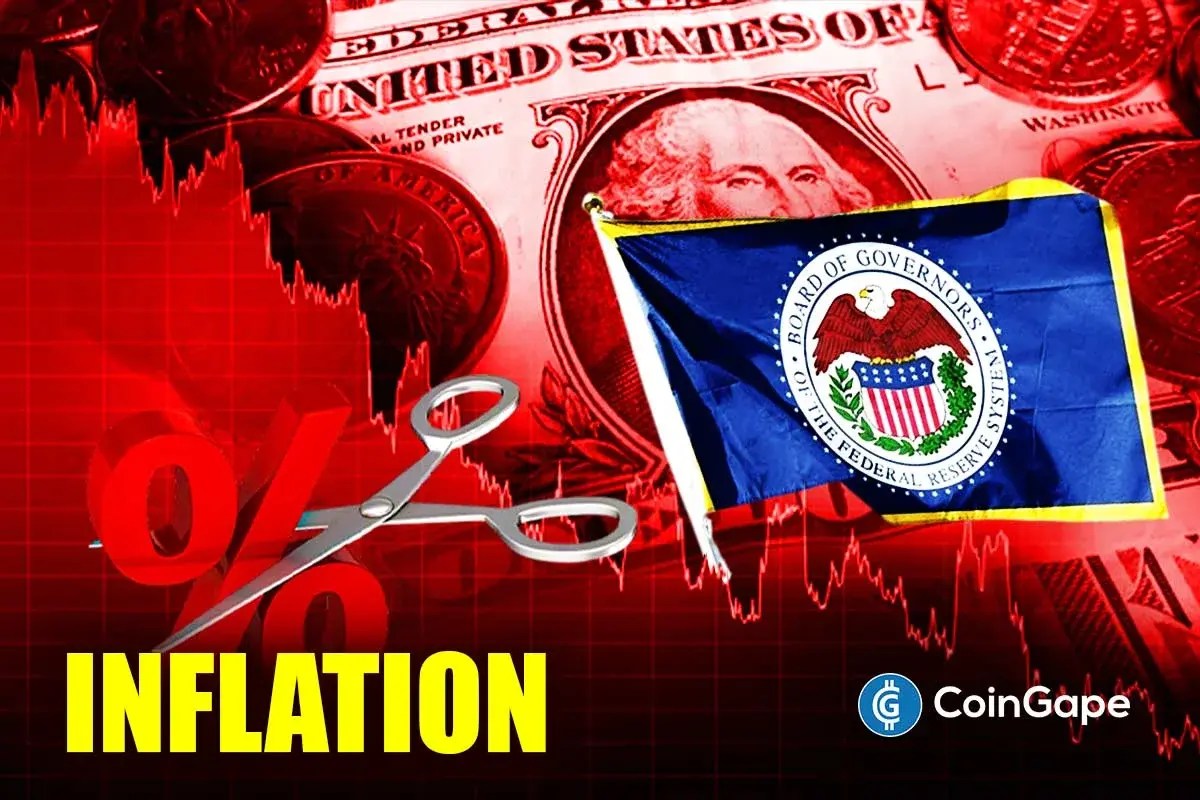The bond market is hammering Oracle this week after a report from Cryptopolitan revealed the company’s plan to add another $38 billion to its already massive debt load to expand its AI infrastructure. This move stunned traders who were already watching Oracle’s balance sheet swell past $104 billion.
This new borrowing plan hit the market at the exact moment investors were trying to gauge how far the company can push this strategy, especially as it continues to spend more cash than it brings in from operations through deals with startups like OpenAI.
### Immediate Impact on Bond Yields
Bond traders noticed the impact right away. Oracle’s 2033 bonds, which carry a 4.9% coupon, slipped again this week, causing yields to rise by more than three basis points over the last two weeks. Similarly, the 2032 bonds with a 4.8% coupon saw yields increase by almost two basis points in a single week.
These jumps marked a turning point, as questions about the safety of Oracle’s debt strategy moved from private conversations into actual trading activity. Analysts pointed to a CNBC report outlining Oracle’s plan to take on the additional $38 billion as the catalyst, emerging just as investors struggled to assess the depth of the company’s AI gamble.
### Tech Giants’ Borrowing Strategies
Investors and analysts are tracking new warnings from industry experts. Lisa Shalett, Chief Investment Officer of Morgan Stanley Wealth Management, told Reuters that major tech firms are attempting to keep stock buybacks alive while simultaneously investing heavily in capital expenditures. To finance both, these companies are borrowing more.
Shalett said:
“Most of the major tech companies are trying to sustain their stock buyback programs at the same time that they’re spending on capex currently, and to do that, they’re actually borrowing and so they’re using debt.”
Her comments aligned closely with what traders saw reflected in bond market activity throughout the week.
### Market Experts Weigh In
Tim Horan, Chief Investment Officer for Fixed Income at Chilton Trust, views the selloff as temporary. Speaking to Reuters, he said:
“I’m viewing this more as a bump in the road. I don’t think what Oracle is experiencing is symptomatic of a popping of some kind of bond market expensive bubble.”
Horan also added that Oracle has several tools at its disposal to manage its financial obligations before needing to reduce dividends.
However, his cautious optimism contrasted with warnings from other prominent voices who have criticized how big tech firms report earnings amidst heavy AI spending.
### Concerns Over Earnings Reporting and Depreciation
Michael Burry, famous for his bets against the housing market in 2008 as portrayed in *The Big Short*, has argued that Oracle, Microsoft, and Alphabet’s Google are stretching out depreciation schedules to smooth earnings while investing heavily in AI.
Burry estimates that between 2026 and 2028, depreciation expenses could be understated by as much as $176 billion across the sector, effectively inflating reported profits.
Adding to concerns, Michael Field, Chief Equity Strategist for Morningstar in the Netherlands, pointed out that the economic life of data centers is rapidly declining. He noted it could soon become “low single-digit years,” meaning equipment may become obsolete within three to four years. This shortening lifespan gives companies only a narrow timeframe to generate sufficient returns to pay off their investments in these sites.
### Family Offices and Hedge Funds Adjust Positions
During this volatile period, filings revealed that ultra-wealthy family offices took contrasting approaches regarding Oracle’s stock. Documents for the quarter ending September 30 showed that two investment firms linked to the Rausing family of Sweden and one tied to Microsoft co-founder Paul Allen increased their stakes.
This buying activity coincided with Oracle’s biggest one-day stock gain since 1992, driven by a strong outlook for its cloud business. The surge also temporarily made Larry Ellison the richest person in the world, with his net worth increasing by $89 billion in a single day.
On the other hand, hedge fund billionaire David Tepper and duty-free tycoon Alan Parker reduced their holdings. Tepper’s firm, Appaloosa LP, sold its entire position worth $32.8 million, while Parker also trimmed his stake. These exits occurred before Oracle’s shares plunged roughly 30%, a decline that added extra pressure to the ongoing bond selloff.
### Implications for Investors
These swings in stock and bond markets highlight the complex landscape in 2025, where AI-driven investments, heavy debt levels, and fluctuating stock performances intersect.
Money managers overseeing more than $100 million in U.S. equities are required to file 13F forms within 45 days of each quarter’s end, offering the public one of the few transparent insights into how hedge funds and family offices adjust their positions during turbulent times like this.
### Conclusion
Oracle’s bold borrowing strategy to fund AI expansion has rattled bond investors and intensified scrutiny across markets. While some experts believe the current selloff is a temporary obstacle, others caution that the true financial impact of these investments may not fully surface until later years.
As Oracle navigates this challenging balance between innovation financing and financial prudence, market participants will continue to watch closely for signals on its long-term sustainability and the broader implications for tech sector debt markets.
—
*Want your project in front of crypto’s top minds? Feature it in our next industry report, where data meets impact.*
https://bitcoinethereumnews.com/finance/bondholders-step-back-from-oracles-latest-debt-moves-to-support-ai-spending/



